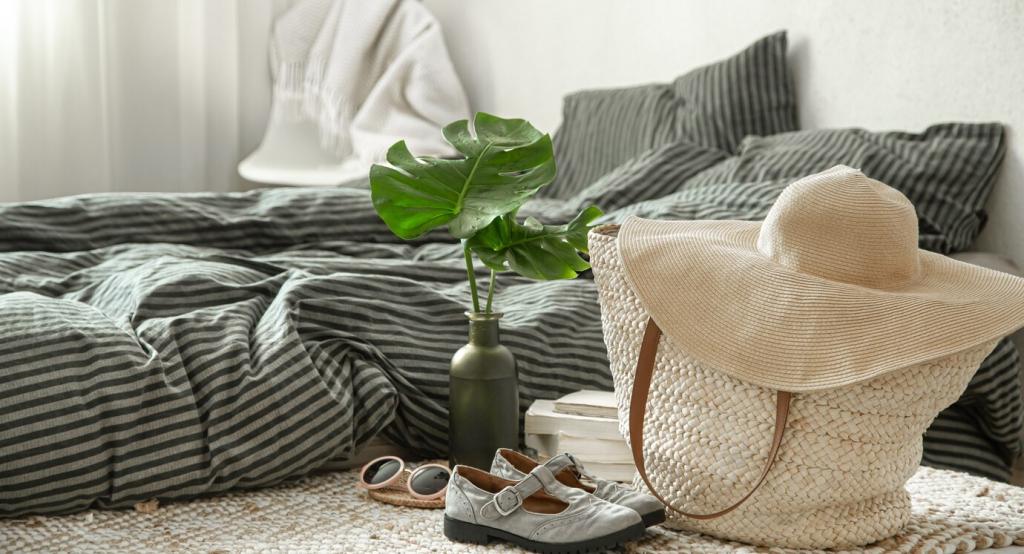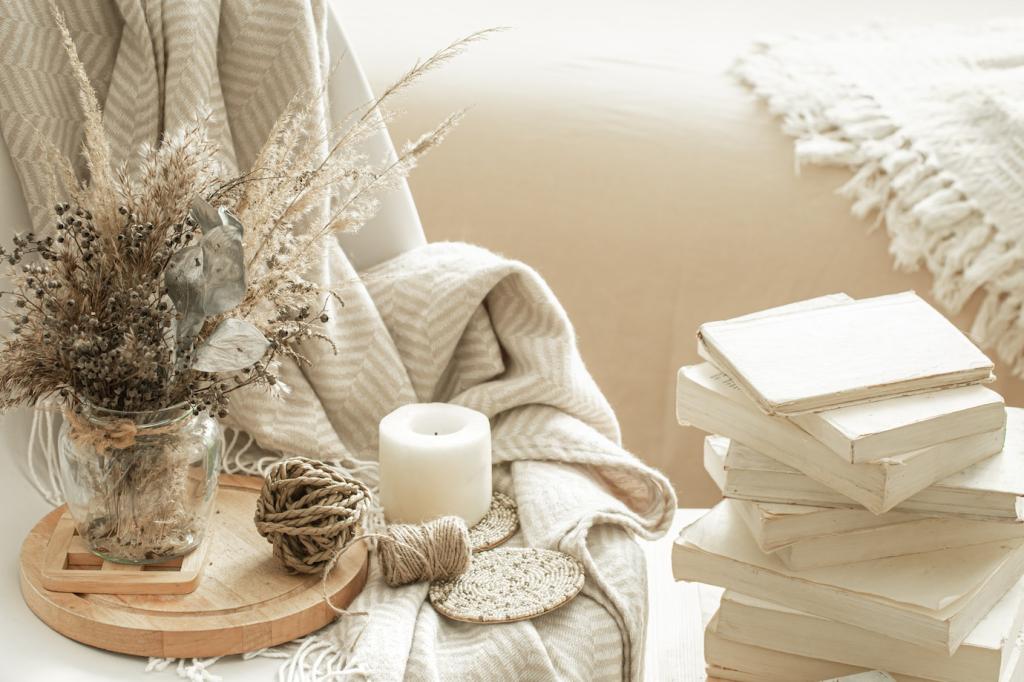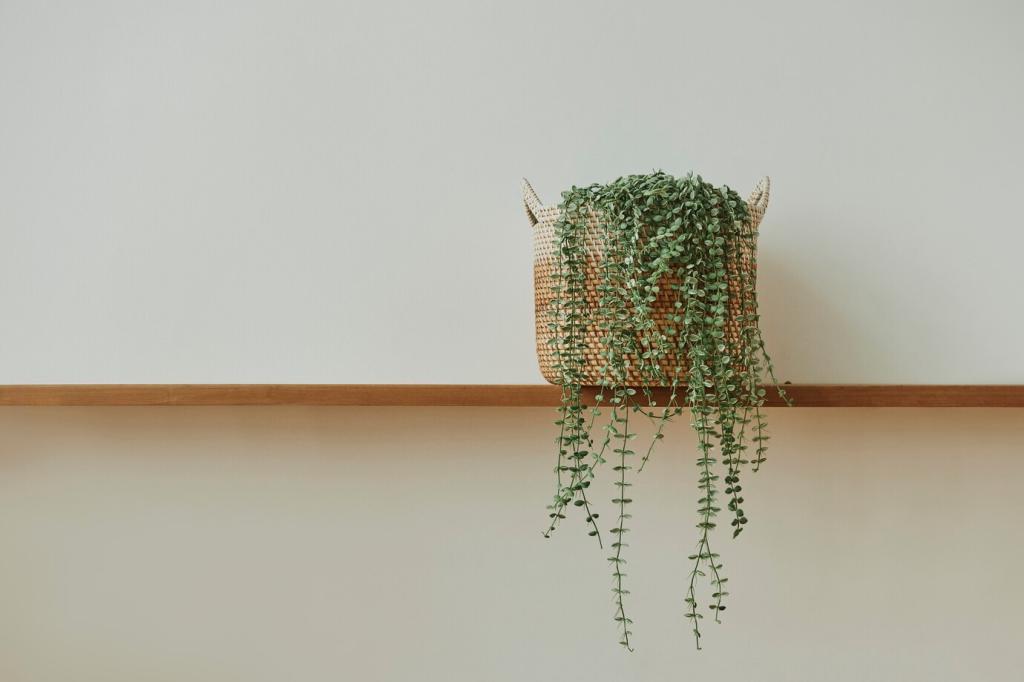Biophilic Design: Bringing Nature Indoors
Biophilic design is an innovative approach to architecture and interiors that seeks to connect people more closely with nature. By integrating natural elements, patterns, and processes into the built environment, biophilic design fosters well-being, creativity, and comfort. This concept is gaining momentum as researchers discover more about the positive impacts nature has on mental and physical health. As the world becomes increasingly urbanized, bringing nature indoors isn’t just a design trend—it’s a necessity for nurturing our innate connection to the earth and promoting sustainability in everyday life.

The Principles of Biophilic Design
Embracing Natural Elements Indoors
At the heart of biophilic design is the inclusion of natural elements within interior spaces. This goes beyond decorative houseplants to involve features like living green walls, water elements, or the strategic use of daylight. Incorporating these direct connections to nature helps reduce stress, improve air quality, and enhance mood. By thoughtfully integrating nature into our environments, spaces become restorative and dynamic, providing daily opportunities to reconnect with the natural cycles often lost in urban living.
Mimicking Nature’s Patterns and Processes
Biophilic design also leverages indirect experiences of nature by using patterns, colors, and forms inspired by the outdoors. Organic shapes, undulating contours, and fractal patterns—those found repeatedly in leaves, branches, and other natural features—are seamlessly integrated into architectural and interior elements. This mimicking of nature’s patterns, known as biomimicry, not only adds aesthetic appeal but also taps into our subconscious affinity for natural forms, creating environments that feel instinctively welcoming and harmonious.
Incorporating Materials and Textures from Nature
Selecting materials that evoke a tactile connection to nature is a foundational principle in biophilic design. Using wood, stone, wool, and other organic textures engages the senses and grounds us in our surroundings. The tactile richness of these materials provides comfort and a sense of authenticity that synthetic surfaces often lack. When interiors are thoughtfully layered with textures and finishes reminiscent of the natural world, they encourage relaxation and mindfulness, enhancing both personal and shared environments.
Health and Well-being Benefits
Exposure to natural elements indoors helps lower anxiety, blood pressure, and mental fatigue while uplifting mood and promoting positivity. Sunlight streaming through large windows, the soothing sound of water features, and the sight of vibrant greenery all contribute to creating restorative spaces. Studies suggest that even brief contact with indoor nature can have lasting effects, making biophilic design an effective tool for managing everyday stress and supporting emotional resilience.

Residential Environments
In homes, biophilic design can create sanctuaries that support relaxation and wellness. By integrating garden views, interior courtyards, or green walls, residents benefit from a daily presence of nature. Thoughtful placement of windows, the use of natural materials in furniture and finishes, and the incorporation of calming water features all enhance comfort and contentment. These elements work together to make the home a restorative retreat from the stresses of daily life.

Workplaces and Creative Studios
Adopting biophilic strategies in workplaces and creative studios leads to energized, productive atmospheres that support well-being. Indoor plants, living partitions, or artworks depicting natural landscapes introduce vitality into office settings. Flexible layouts that maximize views and daylight, as well as the use of biophilic colors and textures, foster collaboration, innovation, and job satisfaction. The result is a workspace where employees feel valued and engaged, boosting both morale and output.

Public Spaces and Institutions
Public buildings—such as schools, hospitals, libraries, and community centers—can also benefit from biophilic design. Incorporating interior courtyards, natural daylighting, and abundant greenery makes these spaces more inviting and comfortable for all users. In healthcare settings, biophilic interventions have been shown to speed healing and reduce stress. In educational institutions, they aid concentration and engagement. These positive outcomes underscore the far-reaching impact of reconnecting people with nature in communal places.
